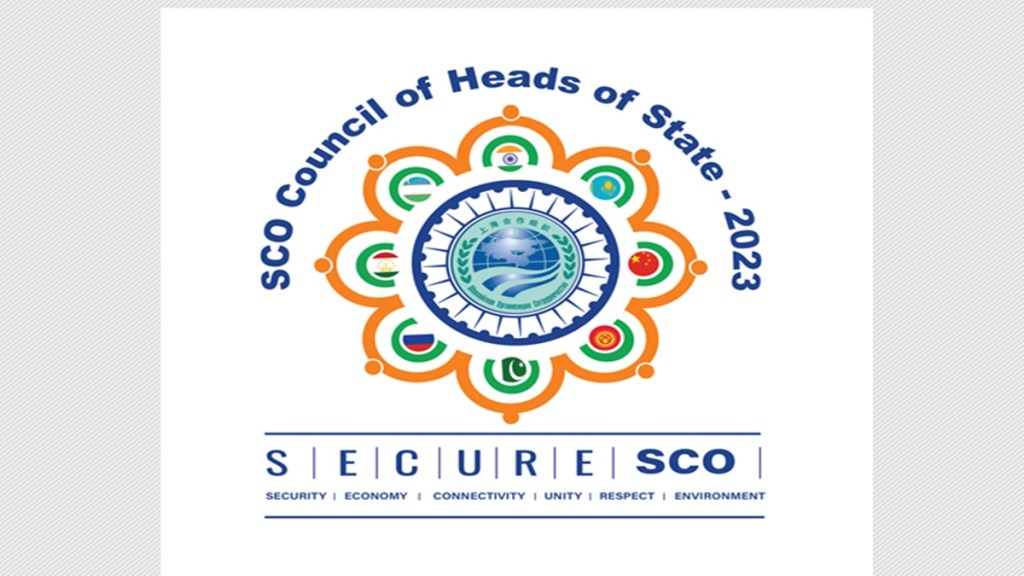As a run up to the Shanghai Cooperation Organisation (SCO) summit in the month of July, India is all set to host two important meetings – Environment & Emergency ministers (Emergency Prevention) meeting later this week. These meetings are a part of a series of meetings hosted by India as it holds the presidency of SCO this year. The environment ministers of the SCO grouping are meeting today and India’s environment minister Bhupender Yadav is chairing the meeting which is taking place in the virtual format.
Also Read: Defence ministry nearly doubles its purchases worth crores from MSMEs in FY23; check details
Later this week on April 20, 2023 the Emergency Minister’s meeting is scheduled to take place and Pakistan is expected to attend the meeting virtually and China will be sending a Deputy minister to participate in the discussions in New Delhi.
Under its presidency India has sent invitations to all the members of the grouping including China and Pakistan.
Which meetings are scheduled in April & May?
India became a member of SCO back in 2017 and is hosting for the first time summit level meeting as well as other ministerials. Later this month India will be hosting the SCO Defence Ministers Meeting in New Delhi from April 27-29 and then early May the foreign ministers of SCO will be meeting in Goa for a meeting.
Also Read: Missing INSAS rifle at Bhatinda military station found
Will there be any physical representation from Pakistan?
There is no clarity from the Pakistan side of whether their ministers will attend the Defence and Foreign Ministers meeting in –person. And if they come then it will be the first ministerial from Islamabad to New Delhi after the special status of erstwhile Jammu and Kashmir was removed by India.
About SCO
This grouping was set up almost two decades ago and the purpose was to promote military, economic and political cooperation among member countries including Russia, India, China, Pakistan, Kyrgyzstan, Tajikistan, Uzbekistan and Kazakhstan. And altogether the `Tan’ nations cover almost 60 percent of the Eurasian landmass.


